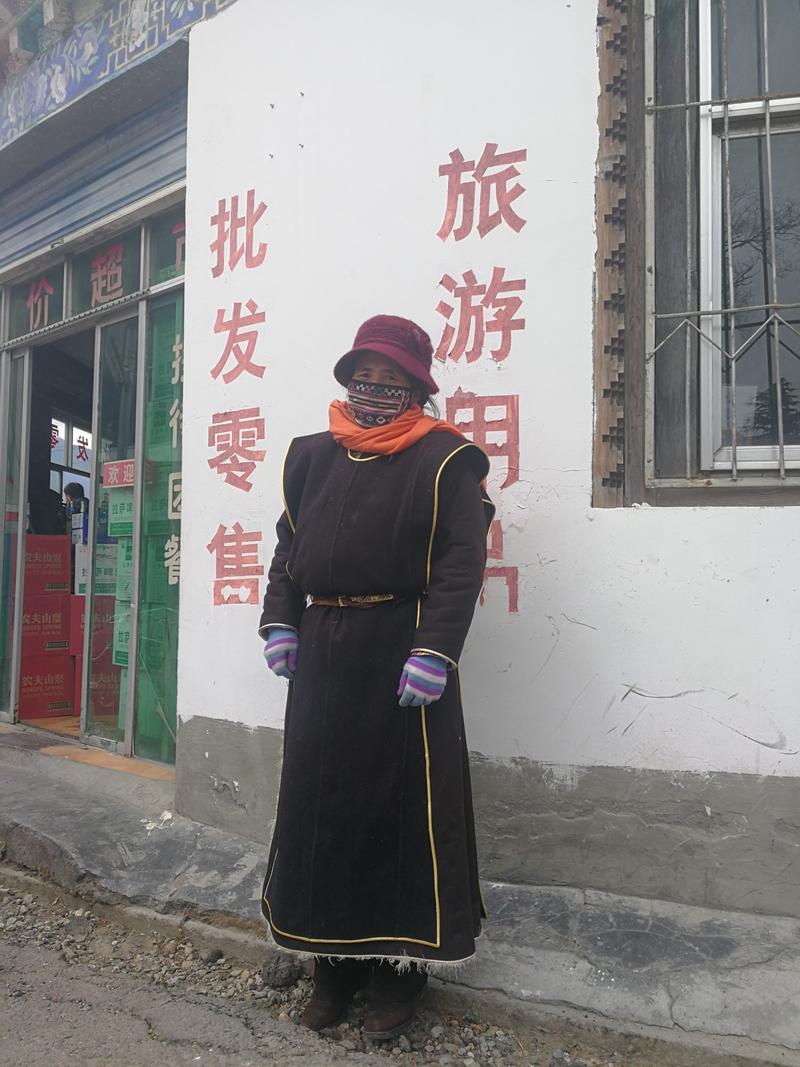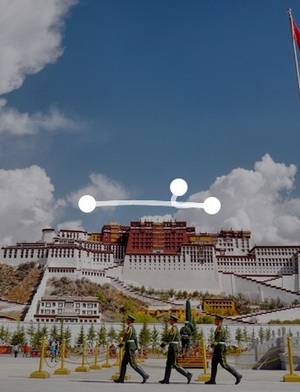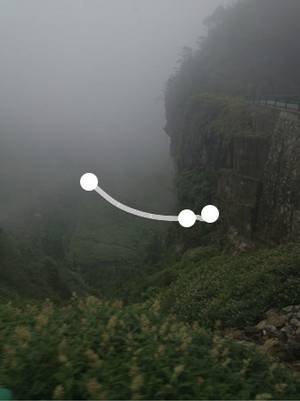Eastern Route Linzhi 3-day itinerary
2 cities |
10 attraction(s) |
total distance 1039
km
 TIPS
TIPS
Day1
Day2
Day3
Day1: Lasa > Nyingchi
4 attraction(s) ·
472 km
4
The location of the Linzhi Administration Office, Bayi Town, is the political, economic, and cultural center of Linzhi District. Bayi Town has an altitude of 2,900 meters and is located on the banks of the Nyang River, more than 30 kilometers away from the confluence of the Yarlung Tsangpo River and Nyang River, and more than 400 kilometers away from Lhasa. Initially, there were only a few temples and dozens of households here. In 1951, when Tibet was peacefully liberated, the People's Liberation Army began construction here, hence the name. Bayi Town has a population of 350,000, with a built-up area of 5.0 square kilometers and a building area of 350,000 square meters. Since the 1950s, industries such as wool textile, electricity, wood processing, papermaking, building materials, and printing have been successively developed here. It is now an emerging town with complete facilities and multiple functions. There is also the Tibet Agriculture and Animal Husbandry College (which integrates agriculture, forestry, animal husbandry, hydropower, and other majors and was built in 1971, it is one of the important bases for cultivating talents for Tibet's economic construction) and the Highland Ecology Research Institute. As an important material collection and trading center in southeastern Tibet, Bayi Town's commercial activities are prosperous. Many goods are transported here from Lhasa, Chengdu, and even Beijing, Guangzhou, Shanghai, and other places. Handicrafts and various kinds of goods from surrounding counties flow through Bayi Town to the whole region and the whole country. The surroundings of Bayi Town are covered with beautiful forests, and the mountains and waters are very charming. Bayi Town is an important transportation hub in Tibet, connecting the east, west, and south of Tibet. The pace of life here is also faster than in Lhasa. In the mountains near Bayi Town, there are various edible mushrooms such as matsutake, which are delicious dishes on the dining tables of Bayi Town residents and an important source of income for the people.
Day2: Nyingchi
4 attraction(s) ·
194 km
1
Nyingchi, formerly known as Gongbu, is a prefecture-level city under the jurisdiction of the Tibet Autonomous Region. Nyingchi means "the throne of the Nyingma family or the throne of the sun" in the Tibetan language.
37
km
2
The Luorong Alpine Meadow is located about 80km east of Bayi Town in the Nyingchi region on the Sichuan-Tibet Highway, at an altitude of 3700m. It is a typical high-altitude mountain meadow, surrounded by shrubs and dense spruce and pine trees on both sides of the green mountains. The main tree species are oak, and in the middle of the meadow, there is a neat and orderly grassland with winding streams. In addition, a large number of birds inhabit here. From mid-April to early June each year, thousands of wild flowers bloom, with clouds and mist drifting in between the mountains. The snow-capped mountains, forest, and countryside paint a tranquil and beautiful "mountain dwelling picture".
131
km
4
The Sosong Village in the Yarlung Zangbo Grand Canyon Scenic Area is the best place to appreciate flowers in Milin County. With peach blossoms blooming beneath the snowy mountains, it resembles the iconic Mt. Fuji during cherry blossom season, making it the most famous Shangri-La in Tibet.
Day3: Nyingchi > Lasa
2 attraction(s) ·
373 km
2
The Potala Palace Square is the highest-altitude city square in the world, where many important events in Lhasa are held. Standing on the square and looking up at the Potala Palace, you can better appreciate its majestic and sacred aspect.




























